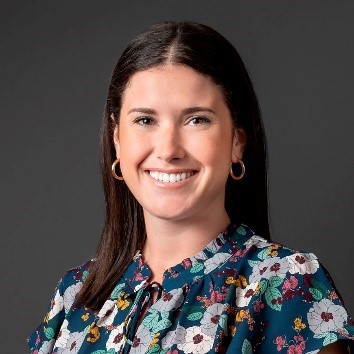 | 1 LU |
 | 1 LU |
Much has been written on the benefits of Pre- and Post-Occupancy Evaluations (PPOEs), systematically assessing performance and utilization of designed spaces before and after they are occupied. Yet, according to a 2015 U.S. study, PPOEs are conducted in less than 5% of all built projects. Some myths and barriers to implementation of PPOEs include a belief that such evaluations are time-consuming, costly, and a potential liability if exposing unflattering results. Without them, however, we forfeit the opportunity to know whether and how design strategies are effective and impactful. Fortunately, more and more teams understand the importance of setting design goals early with post-occupancy in mind and the advantage of having occupant and spatial data to support design decisions and verify performance claims. With increased readiness to learn from data throughout the project cycle, it is important to understand why and how PPOEs can be conducted effectively at a variety of scales as part of a data-driven and evidence-based design process. With PPOEs, learning comes full circle when lessons learned through the process are applied to future projects with the goal of creating human-centered, high-performing spaces that are also well-utilized as design intended. The session will occur in three parts. First, the full group will review the value proposition for PPOEs and the benefits to designers, researchers, and education clients. Then, the group will break into teams for a fast-paced activity sharing knowledge and strategies for PPOE, including what we can measure, how to measure, and how we can communicate and apply lessons learned. The session will conclude with a full-group discussion of teams’ findings, and participants will leave with a set of measurable design goal topics and resources to engage various user groups with applied research methods to assess any of their past, present, and future learning environment design projects.
Learning Objectives:

Rachel is an Environmental Psychologist, trained to examine the interplay between human behavior and the natural and built environment. Increased understanding of this relationship contributes to user-centered design that emphasizes health, well-being, and sustainability. As a Research Analyst for LPA, Rachel informs design through innovative research to create an optimal person-environment fit.

Federico is an Associate and Project Architect who is extremely thankful for the wonderful clients and communities LPA serves. He leads integrated teams through the design, delivery and completion of complex, multi-faceted K-12 projects both large and tiny. In his role as a Project Architect, Federico’s projects have been awarded over 15 design awards from the AIA, A4LE and COTE, illustrating his passion for high-performing, purpose-driven and unique design solutions.

Eliza is the longstanding principal at Menchaca ES, in Austin, Texas – one of the first three modernized schools to open in January 2020 designed under the new Educational Specifications. Eliza will discuss her vision for the campus and how educators have prepared for their new spaces. She was an instrumental voice in the process from needs assessment, bond planning and led the Campus Architectural Team from programming through construction. She will share insights from community engagement to change management.
What evidence is there that design matters? That a particular method of delivery is advantageous? That one product is better than another? What lessons have you learned?
Primary Core Competency
Assessment of the School Facility: The ability to objectively evaluate a learning environment post-occupancy and utilize that data to improve future projects. Implements a plan for educational commissioning that provides guidance on how to use and maximize the learning environment to meet the foundational vision established in the planning phase.